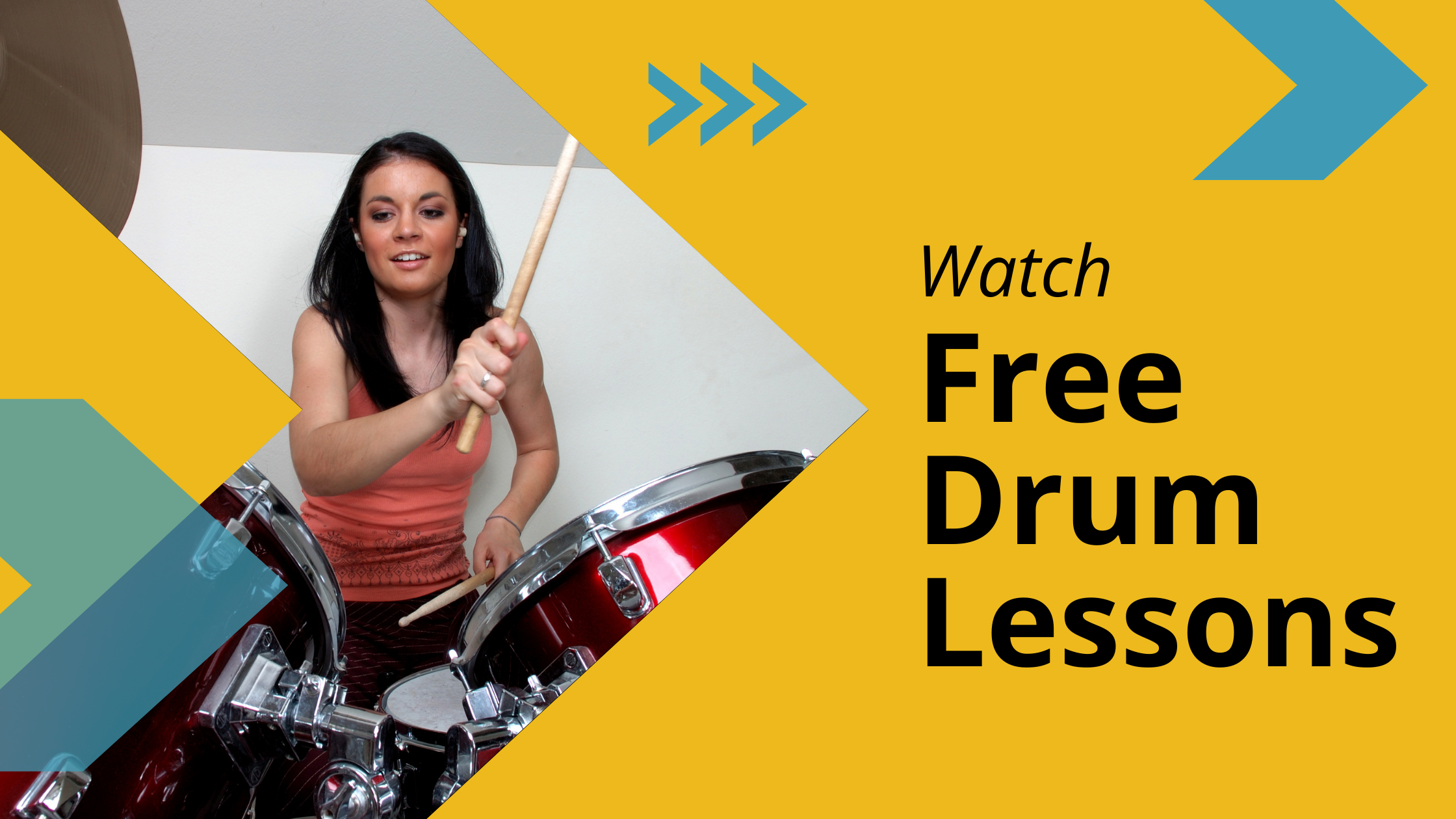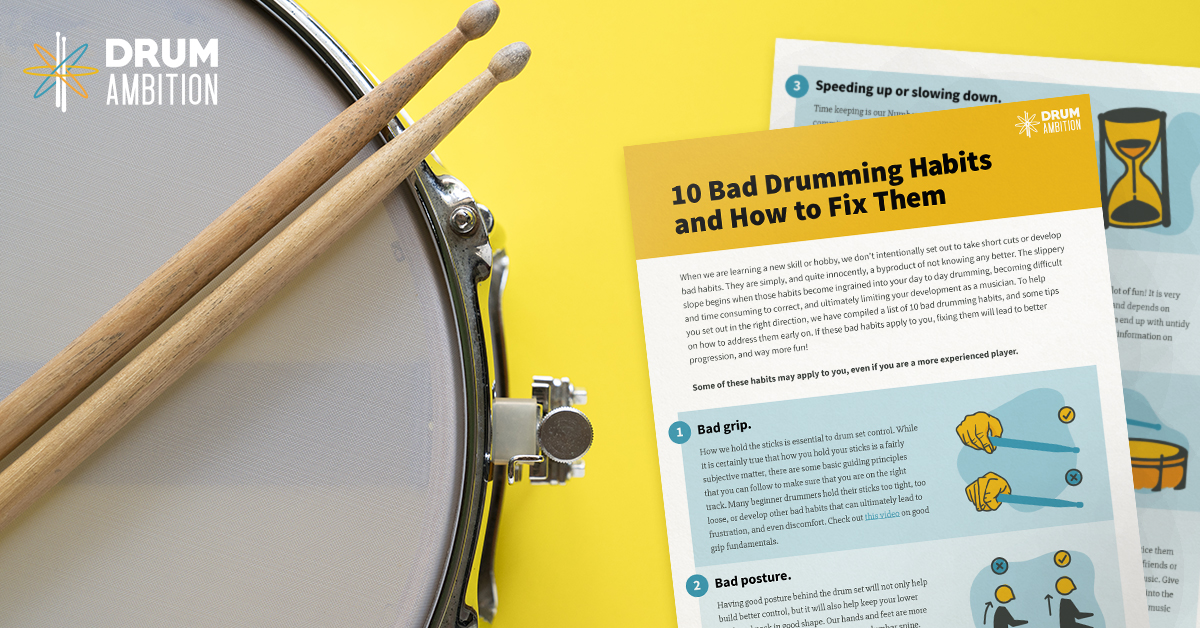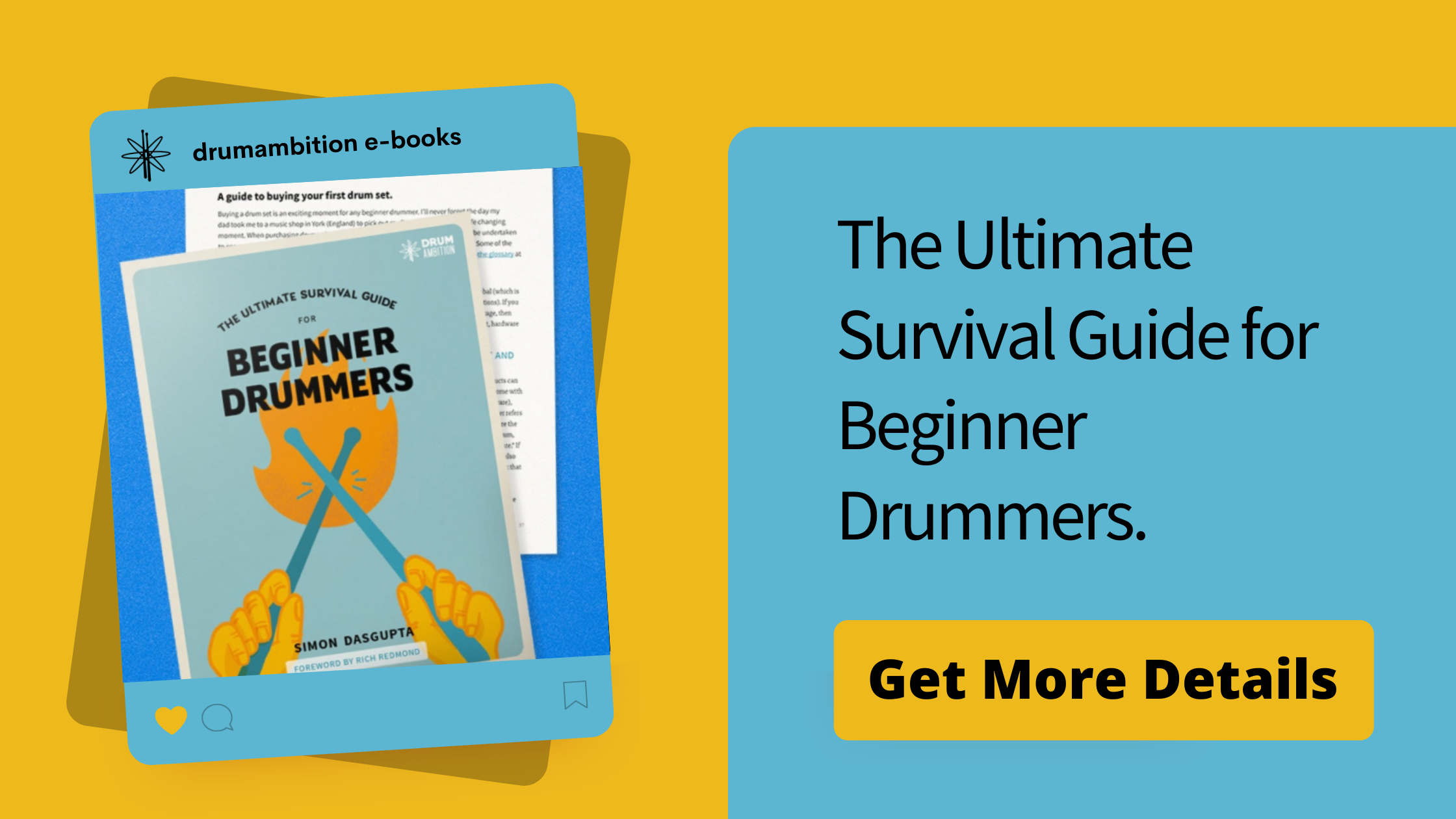There has never been a better time to buy an electronic drum set with so many great options available. More manufacturers are rising to the challenge of producing cost-effective, feature-rich electronic drum sets for hobbyists and beginner drummers who may not want to spend the earth to get started.
We have previously discussed the features and benefits of electronic and acoustic drums at length, and this updated article highlights five ways that modern electronic drums are transforming the learning experience for beginner drummers. If any of the terms in this article are unfamiliar, please check out our free jargon-busting glossary!
Helpful related articles.
Electronic vs Acoustic Drums - Choose what's right for you.
Are electronic drums any good?
1. Significantly reduced volume - a real plus for home, workspace, and apartment living.
So many people miss out on learning drums because they are worried about the volume. Acoustic drums are loud - there's no getting around it. Using sound dampening pads is effective but can be uninspiring. Let's be real - we want to rock out and have fun, and we need to hear what we are playing.
Fear not! Electronic drums have solved this problem. You can either plug in a set of headphones or play at low volume on a speaker or monitor system. In the interest of being objective, it's important to be aware that, even when using headphones, people in the next room, or perhaps in adjoining apartments might still be able to hear the sound of the drum sticks hitting the plastic pads, or the bass drum beater hitting the kick drum post. Some manufacturers have attempted to solve this problem by fitting mesh drum heads to their products, and those are well worth checking out. If your electric set is in a house or a private workspace, this is less of an issue but worth bearing in mind if you live in an apartment or shared living space.
2. Now available at more realistic price points.
Electronic drum sets have been available since the 1980s and were initially the preserve of the studio and touring musician. Although cutting-edge technology for the time, they were extremely cumbersome, limited in functionality, and very expensive. Electronic drums for the hobbyist market started to flourish in the late 1990s, but again the price tag deterred many buyers. Today, with more and more manufacturers developing their own electronic products, the technology tried, tested, and readily available, and with lower manufacturing costs; beginner and hobbyist drummers can now set themselves up at home with a basic model for under $500 - something that was unthinkable just ten years ago.
3. Mix in songs and play along!
One of the best features of electronic drums is the ability to plug in your smartphone and play along to your favorite tracks. This is a critical part of having fun when learning and has traditionally been a challenge with acoustic drums. Most electronic modules have a separate drum set, and mix-in volume controls, so you can perfectly balance your drums with music. You can play along with your favorite bands or check out some of the ever-expanding volumes of drum-less tracks available online and on music streaming services. (Drum-less tracks are songs with the drum part purposely muted, so you can play along and hear just your drumming, not the original drum track).
4. Fun onboard functions and useful tools.
Most electronic drum modules come with multiple drum set sounds, and it's a lot of fun changing your preferences and experimenting with different ideas. Drum, cymbal, and percussion samples and special effects are readily available, and on more advanced models, customizable. Just about every set has an onboard metronome (sometimes referred to as a "click"), which is a critical function in developing good timekeeping, and checking your progress.
5. Digital drums in a digital age.
We live in a digital world with smartphones, widely available internet connectivity, apps, and recording software. Manufacturers are embracing these opportunities. Yamaha, for example, has released a training app to accompany their entry-level models, with other prominent drum companies coming up with their own offerings. Recording software is also becoming more accessible to hobbyists, and connecting your drums to a computer has never been easier. Many electronic drum modules have onboard training functions, and some have a record function, so you can playback your beats and check on your progress.
We are here to help!
If you have any questions about this article, please feel free to email [email protected].



